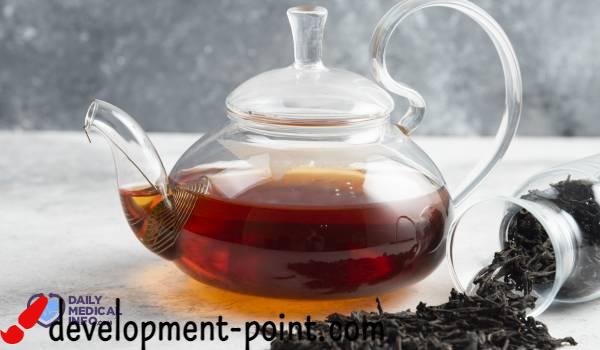Chicken skin disease: what are its causes? And how can it be treated?
Chicken skin is a common condition in which small bumps and blisters develop on the skin, especially the arms, legs, or buttocks. Excess keratin in the skin may cause these bumps to form. In this article, we will talk about whether this condition is harmful or not, in addition to knowing what are the most important methods of treatment.
What is chicken skin?
It is a common skin condition that leads to the appearance of patches of rough bumps on the skin, and its scientific name is Keratosis Pilaris, and it is called in English (Keratosis Pilaris) or (Chicken Skin), and these bumps are dead skin cells that block the hair follicles, and they may appear sometimes in red or brown.
This condition is considered non-infectious, harmless, and usually does not require treatment. It usually resolves by the age of 30.
Symptoms of chicken skin disease
The telltale signs of the disease are patches of small, rough bumps that resemble the dotted skin of a strawberry on your skin.
Other symptoms may also appear, including:
- Itchy or dry skin, especially on the backs of the arms, legs, or buttocks.
- Irritation of the bumps, which leads to a change in color, which is called lichen dermatitis.
- Rough skin that looks like sandpaper.
Symptoms may worsen in the winter months. This is because the air is drier, which leads to dry skin, and the condition may worsen during pregnancy as well.
Causes of chicken skin
This condition is often caused by the protein keratin, which may be blocking the follicles (the openings for hair follicles in the skin) instead of flaking.
In addition to this reason, there are other factors such as:
- The presence of a genetic factor, which in turn may affect genes and lead to the emergence of this condition. Thus, the chances of contracting this disease increase in the event that there is a family history of it.
- Infection with some skin diseases, such as eczema, which causes discolored and itchy spots on the skin that appear and disappear over time.
chicken skin treatment
Chicken skin disease usually goes away on its own gradually, during which time you can use any of the different products available such as creams. To help improve the appearance of the skin. Creams to treat chicken skin include:
1. Topical peels
They are dead skin cell removal creams, which contain alpha hydroxy acid, lactic acid, salicylic acid or urea, and help loosen and remove dead skin cells.
It also moisturizes and softens dry skin, and since the acids in these creams may cause redness or irritation to the skin; Therefore, it is not recommended for young children.
2. Topical retinoids
They are creams to prevent clogging of the follicles, and they are extracted from vitamin A and work to promote cell regeneration and prevent clogging of hair follicles. Examples include: tretinoin and tazarotene.
These products can also irritate and dry out your skin, so if you’re pregnant or breastfeeding, your doctor may suggest delaying topical retinoid treatment or opting for another treatment.
3. Laser treatment of chicken skin
Laser treatment can be used to treat chicken skin disease by directing the laser on the skin, and this type of treatment is used when treatment with creams fails. You may need several sessions for laser treatment to be successful.
The doctor may recommend laser treatment. To reduce swelling and redness, improve skin texture and reduce discoloration, including brown spots that may appear when the bumps are removed.
4. Treat chicken skin with herbs and natural remedies
It contains several options, including:
- Coconut Oil: It contains powerful anti-bacterial and anti-inflammatory properties, which helps in treating pimple dermatitis over time.
- Apple cider vinegar: Vinegar acts as a skin exfoliator, thus helping to remove dead skin cells and excess keratin.
- Tea tree oil: Tea tree oil purifies the skin and makes it clear and healthy, as it contains anti-microbial and anti-inflammatory properties.
- Cactus gel: Topical aloe vera gel soothes and moisturizes the skin; Therefore, it is one of the important options for treating chicken skin disease.
- Witch Hazel: It is a powerful herb used to treat skin bumps caused by dry skin or hair removal. It soothes the skin, reduces inflammation and kills any bacteria that may be present.
- Oats: Which helps in nourishing the skin and reducing the symptoms of chicken skin, in addition to its soothing effects on dry and itchy skin.
Prevention of chicken skin disease
- take warm showers (lukewarm water) and scrub the skin with a relatively stiff brush; This may help unclog pores and remove bumps.
- limiting the time you spend in the bathroom; Because long periods of showering can remove the natural oils from the body.
- Exfoliate daily; This may help improve the appearance of the skin. Dermatologists recommend gently removing dead skin.
- avoid tight clothing; This can cause friction that may lead to skin irritation.
- Moisturize your skin.
- Use mild, unscented soaps and shower products.
- Pat your skin dry rather than rubbing it after washing.

